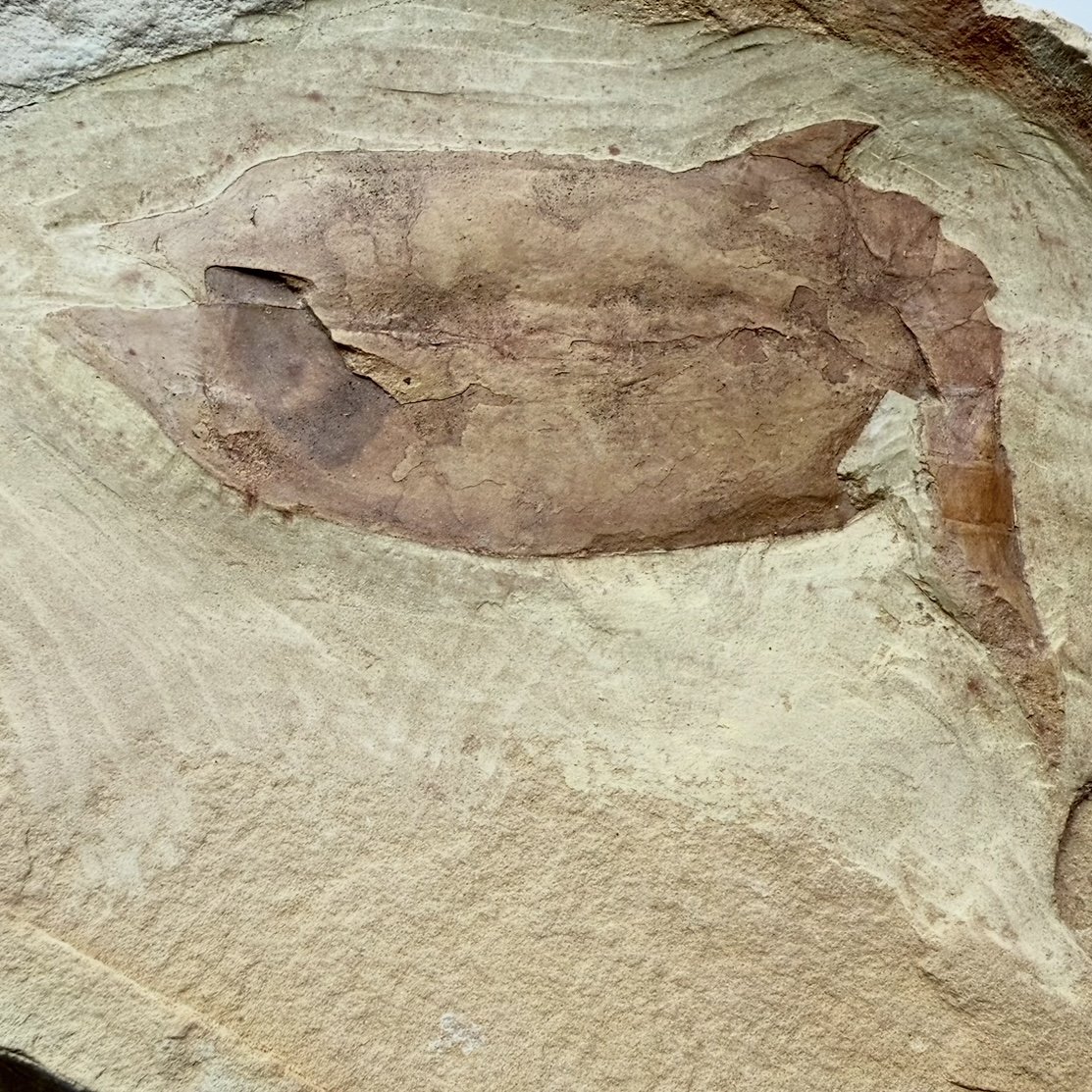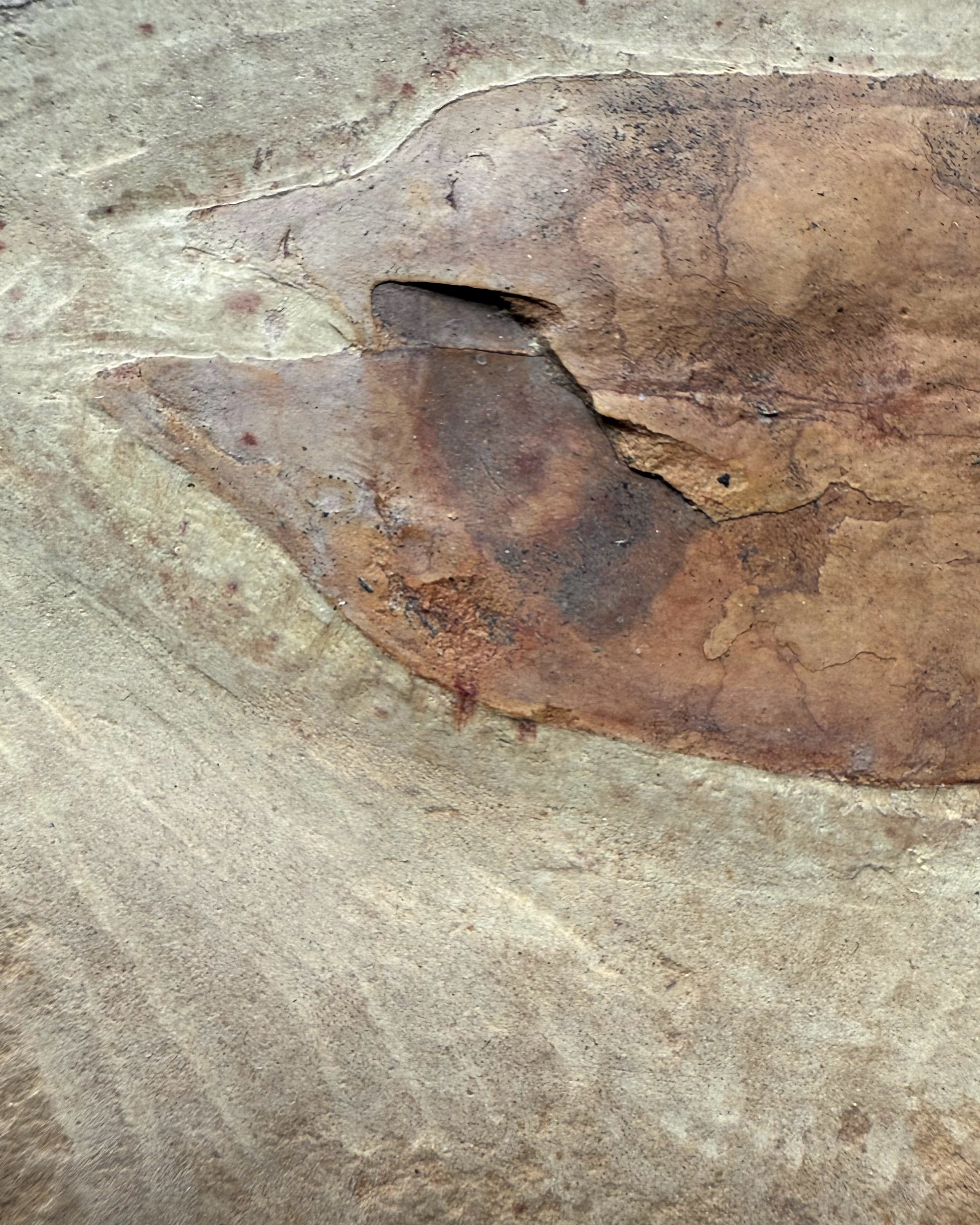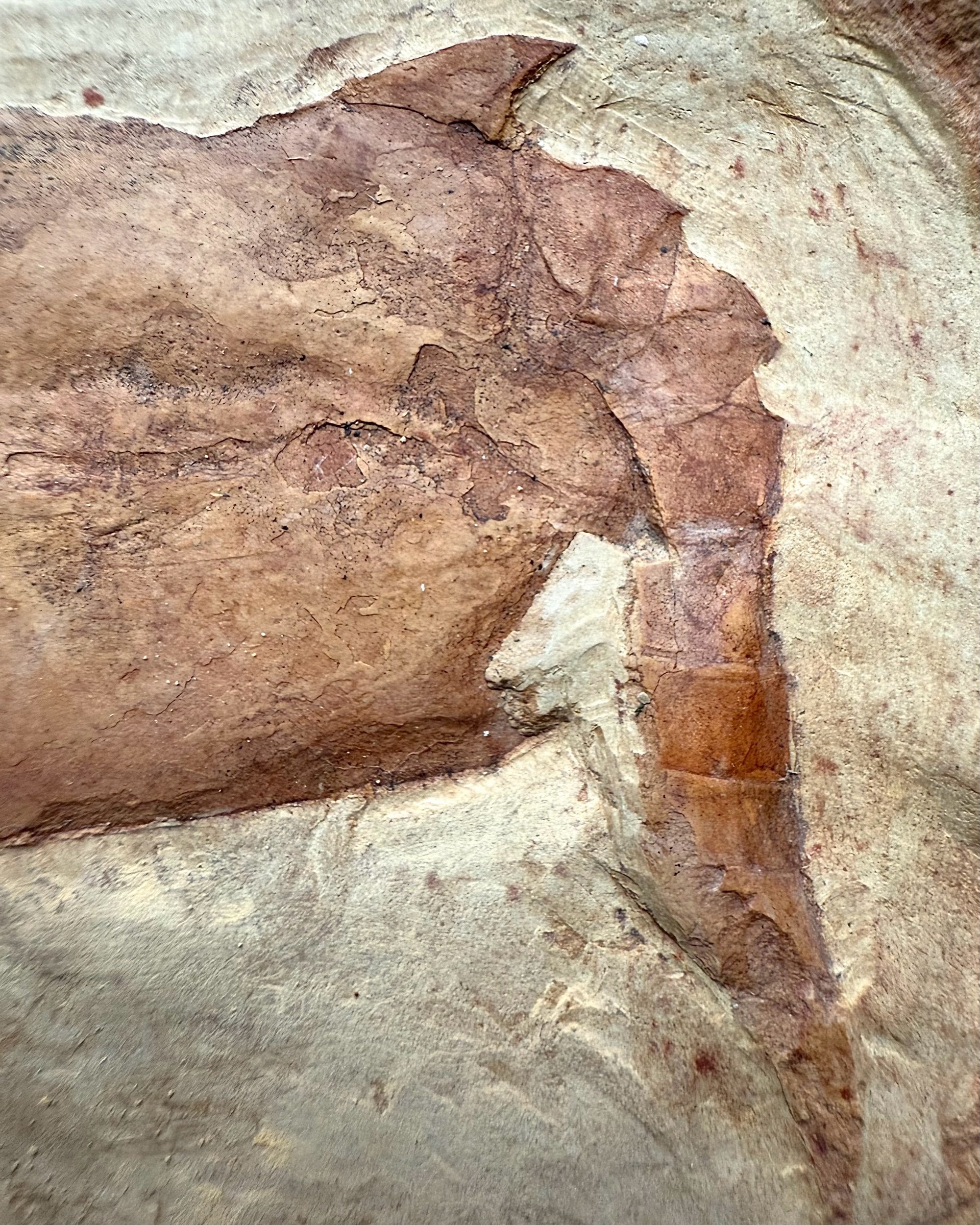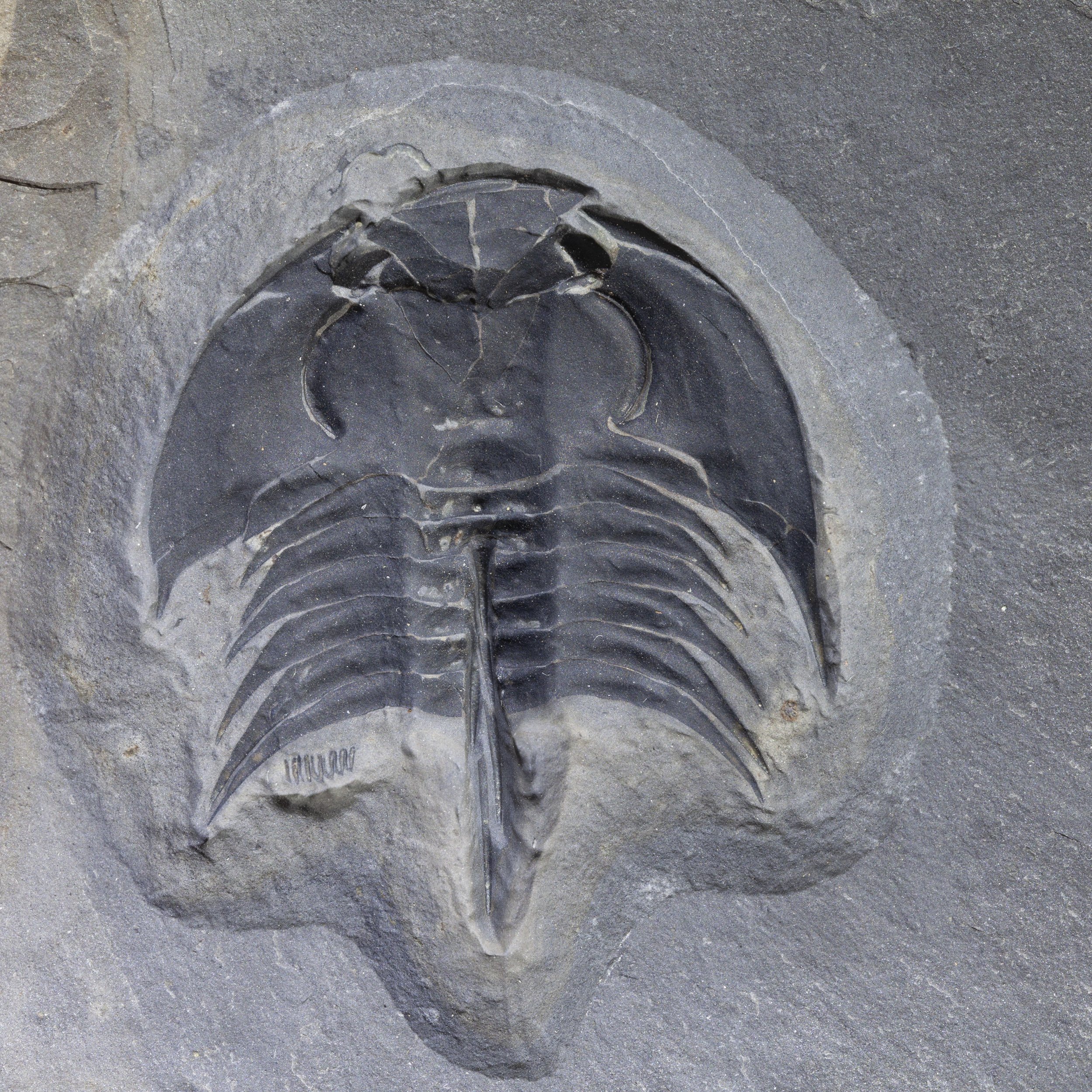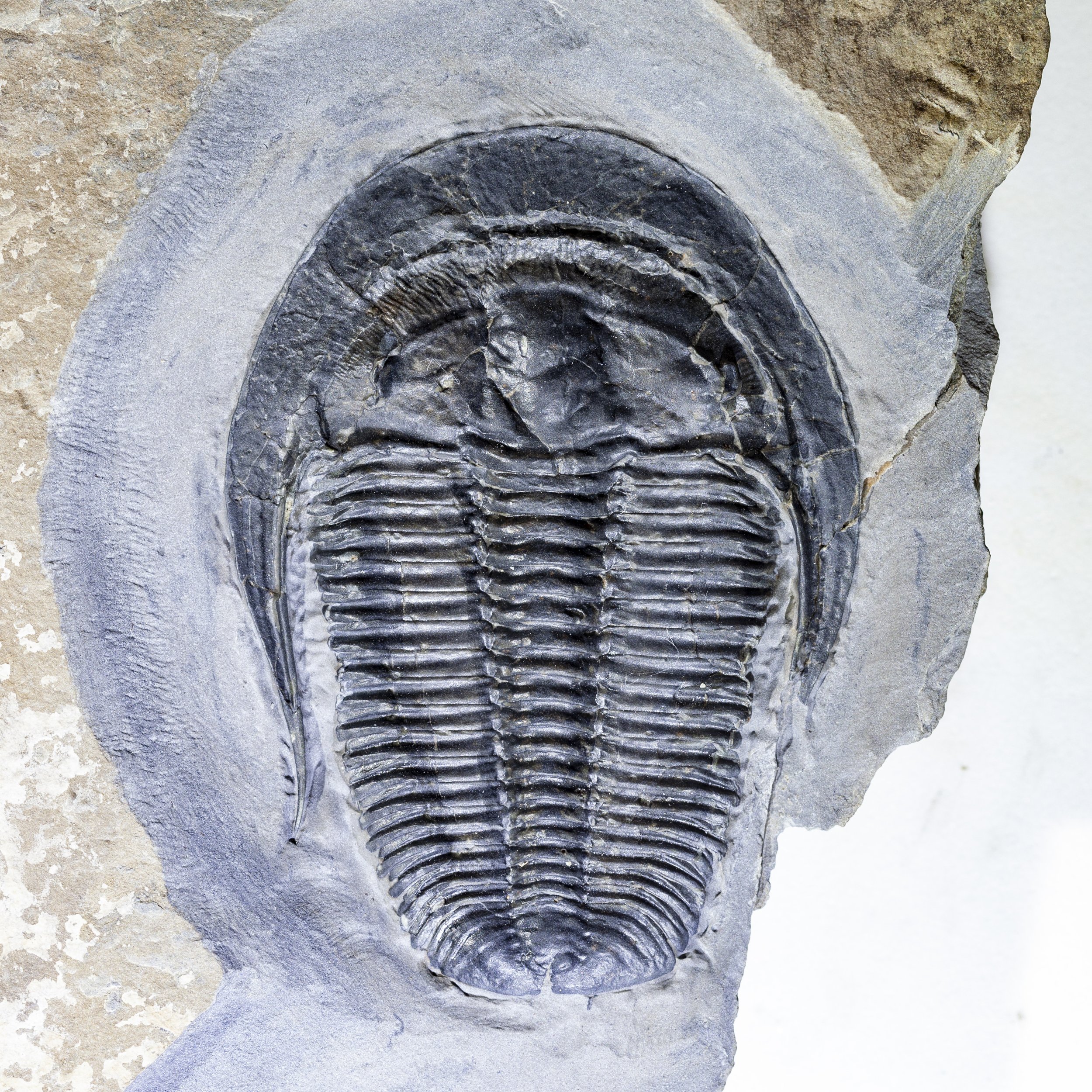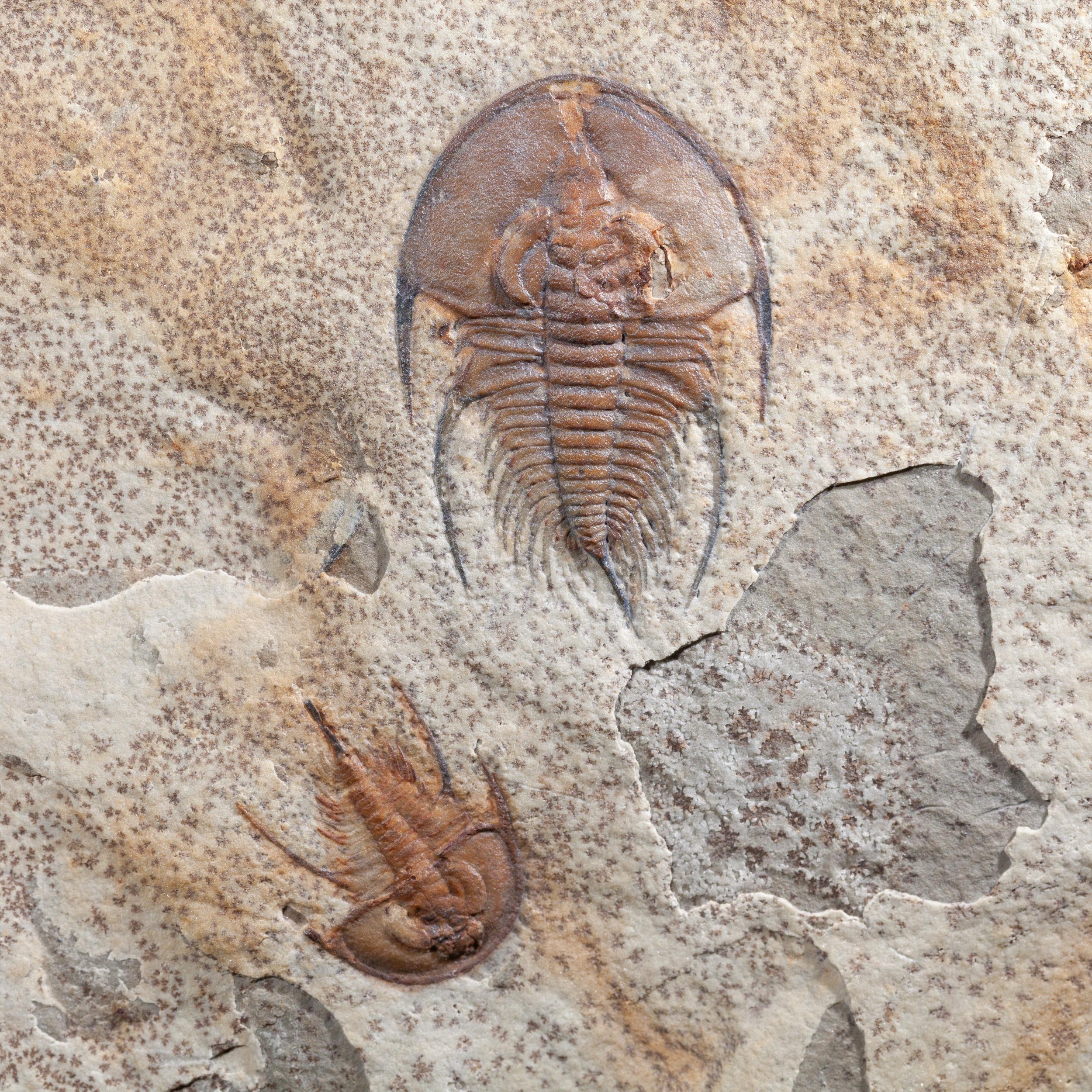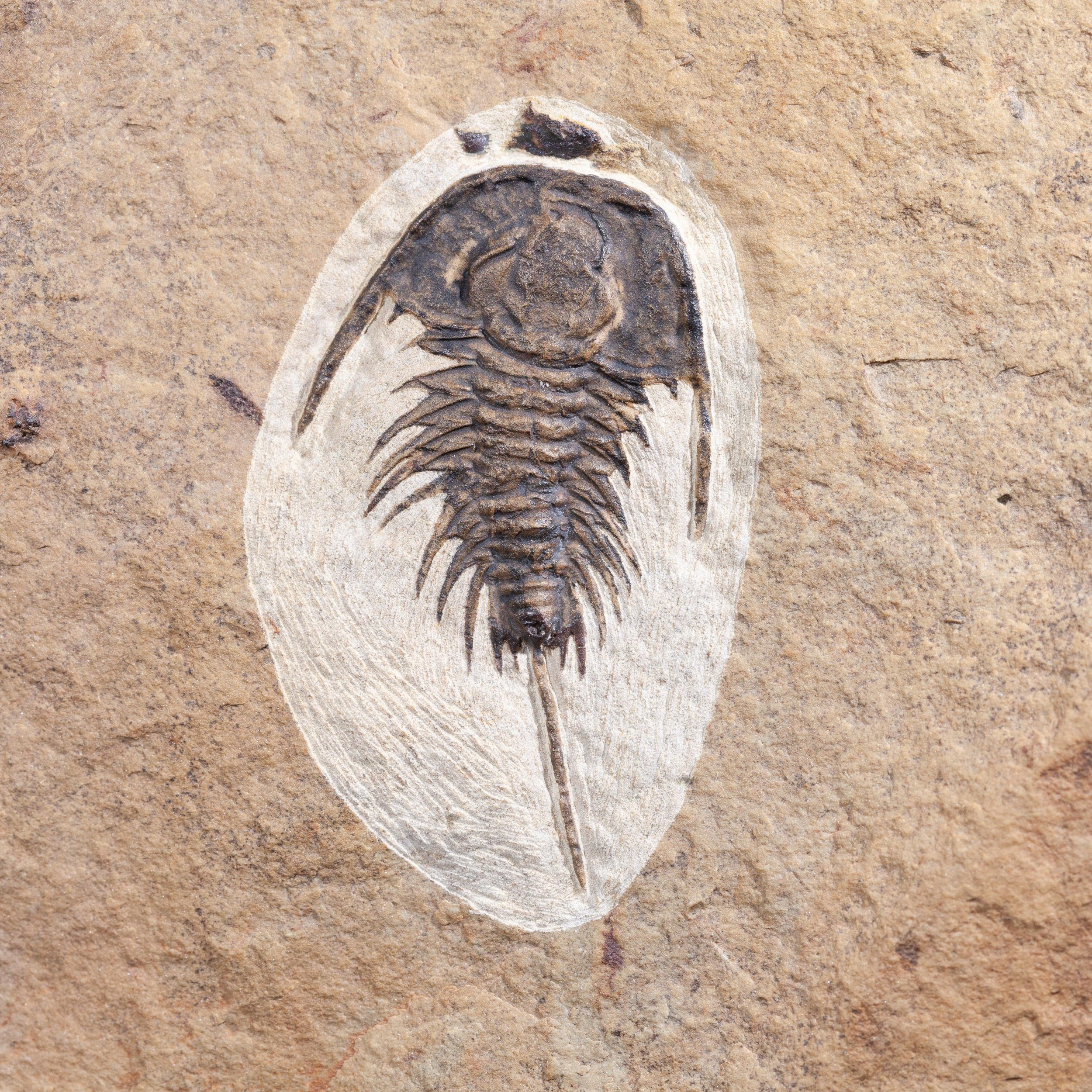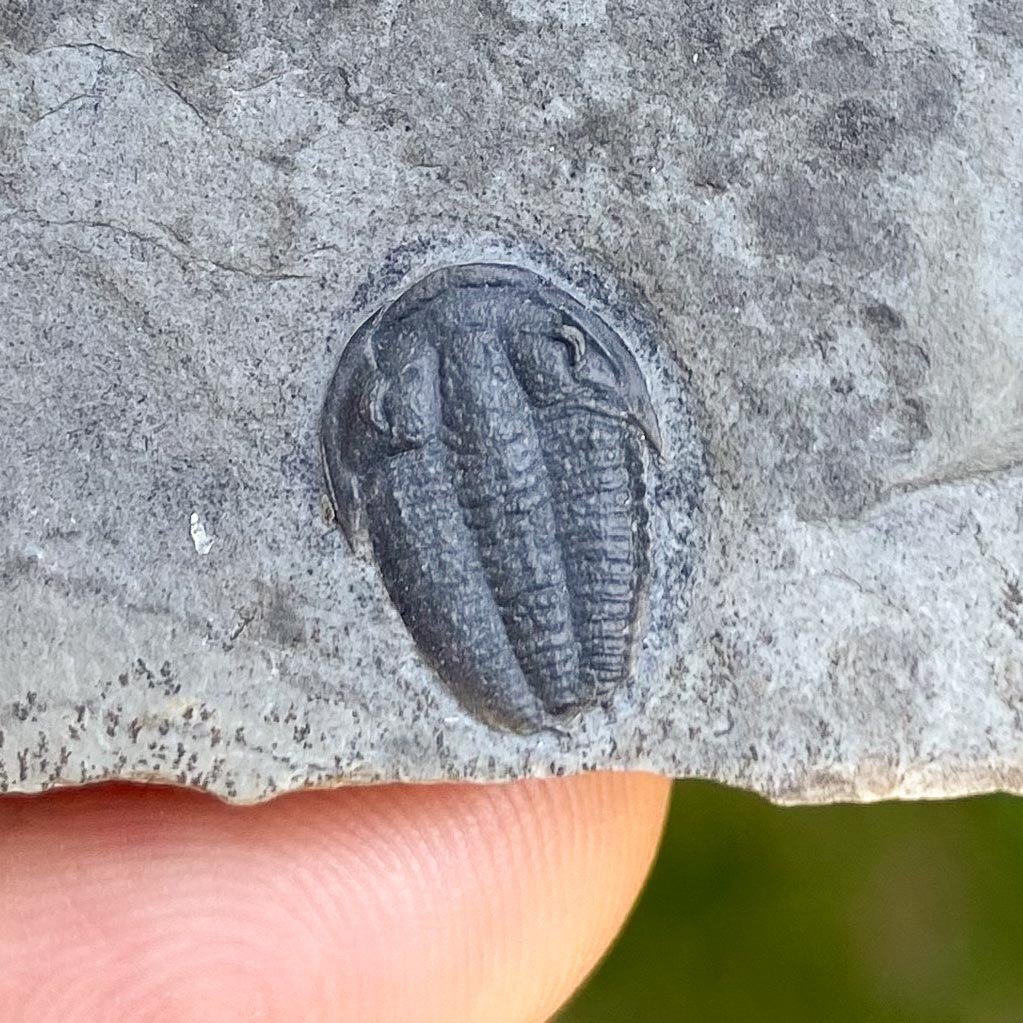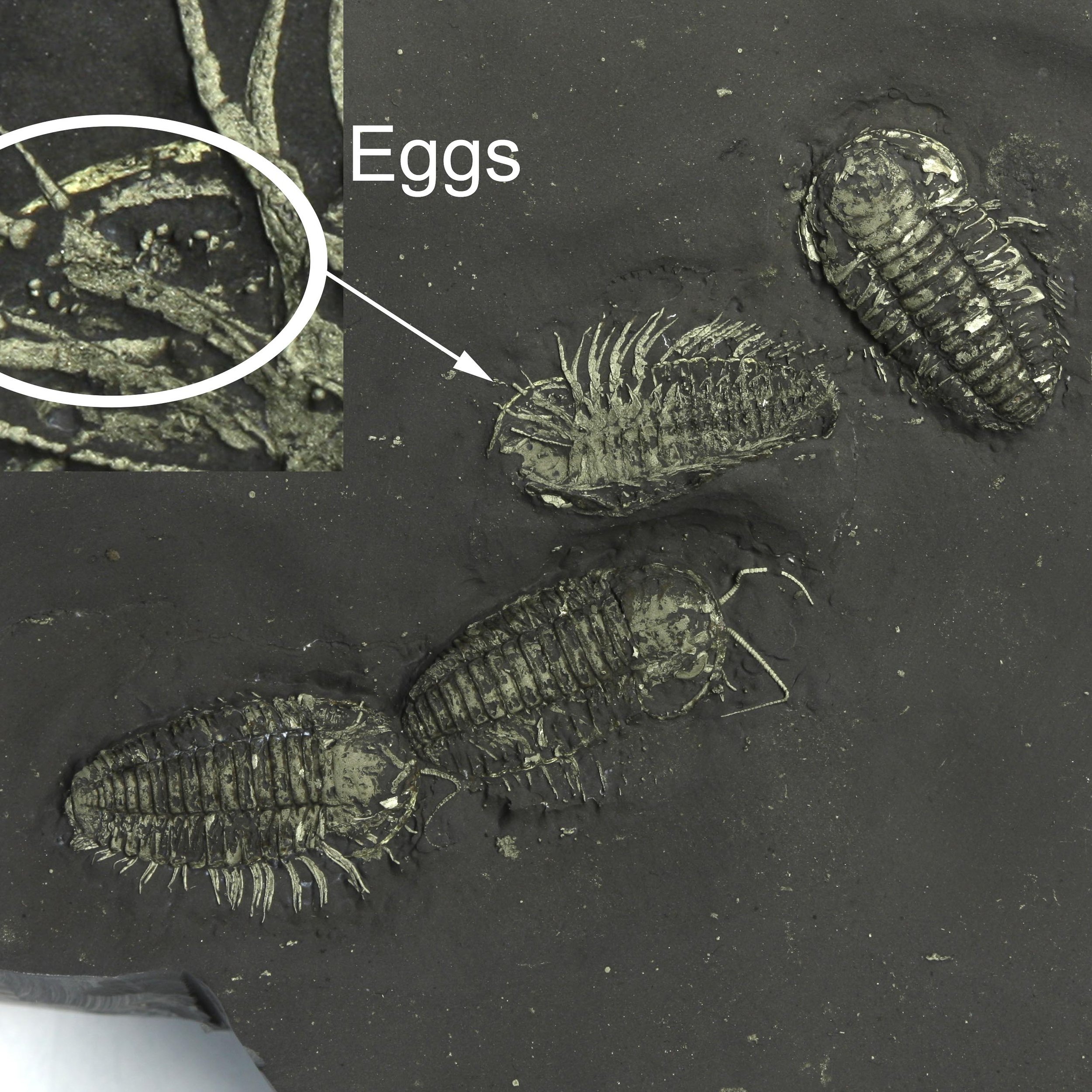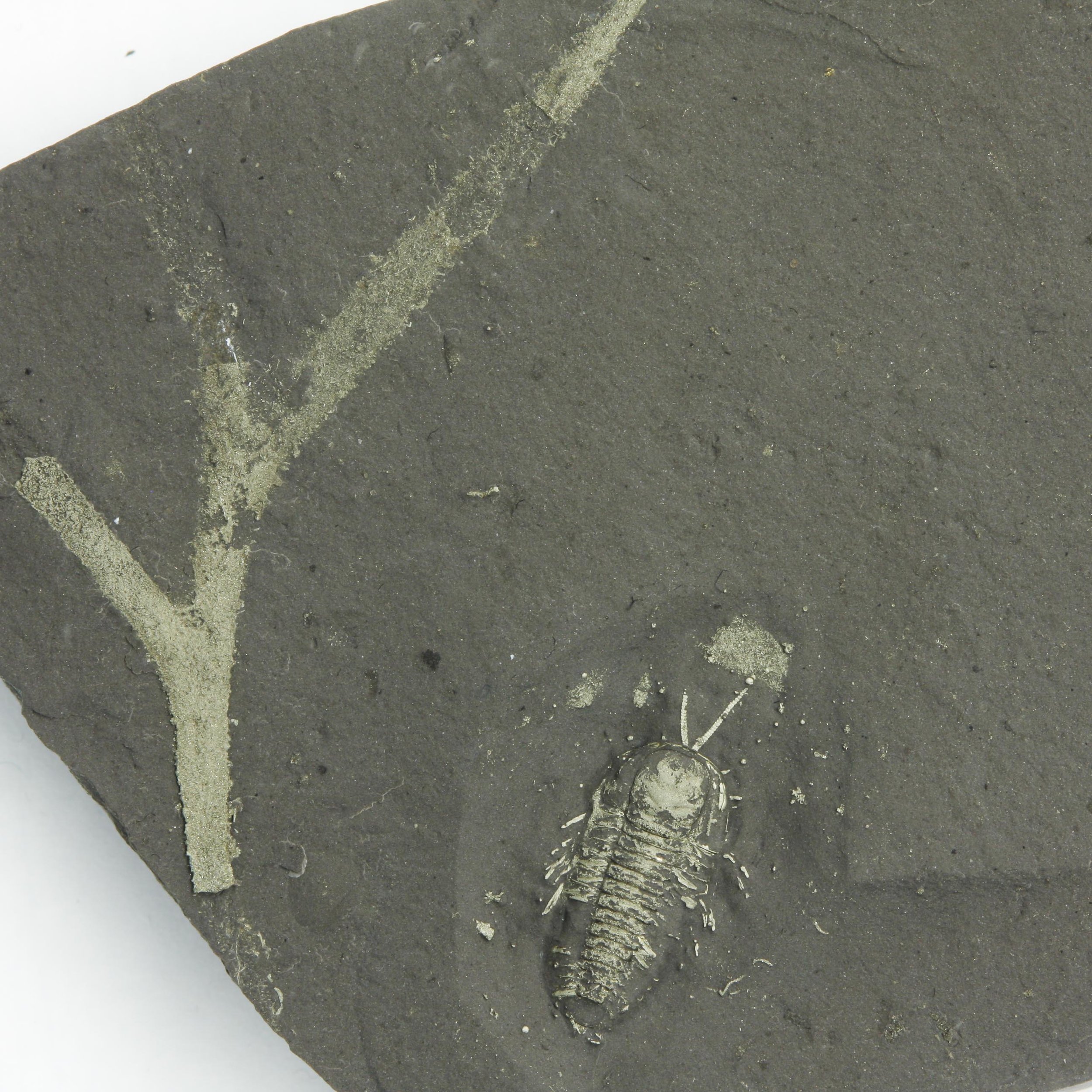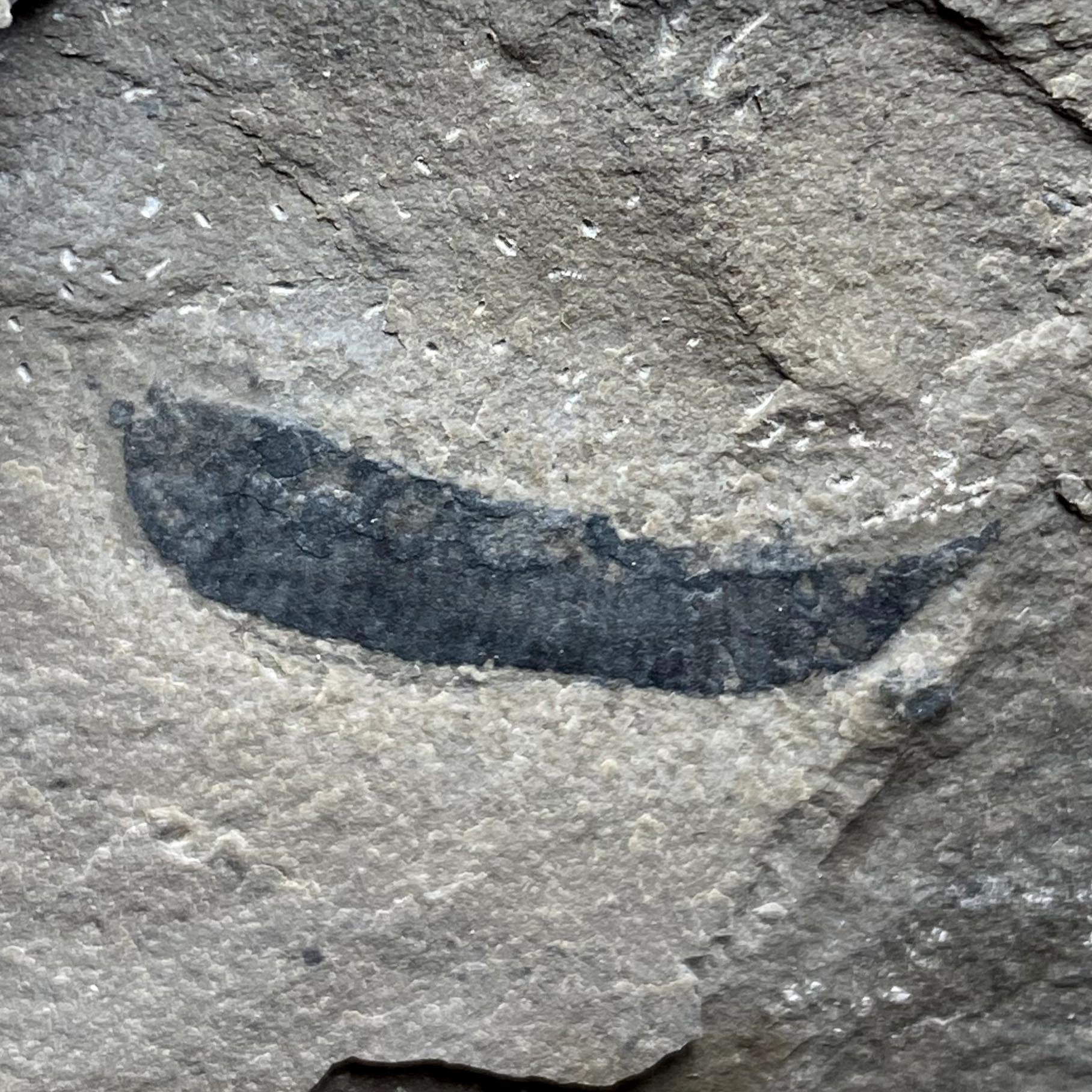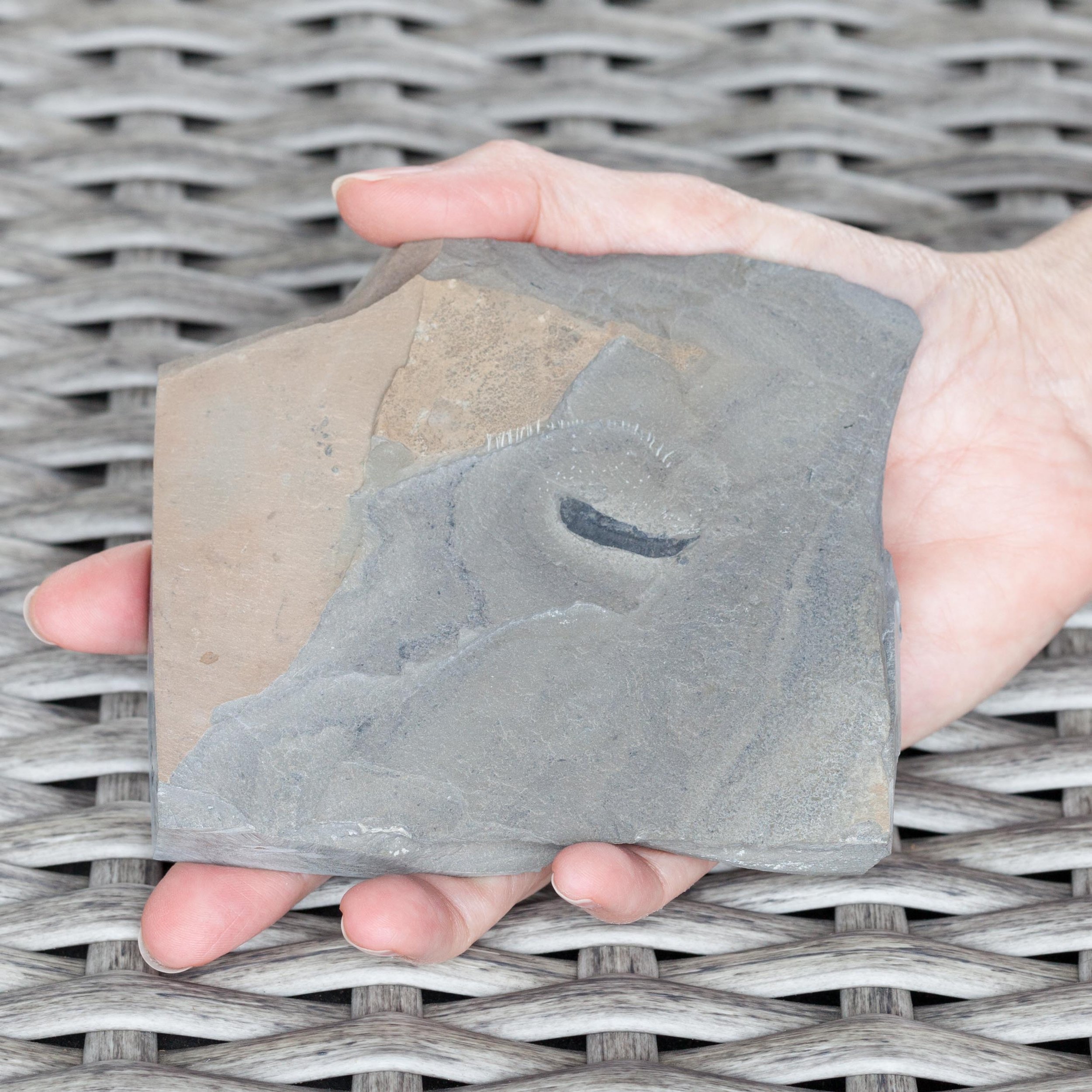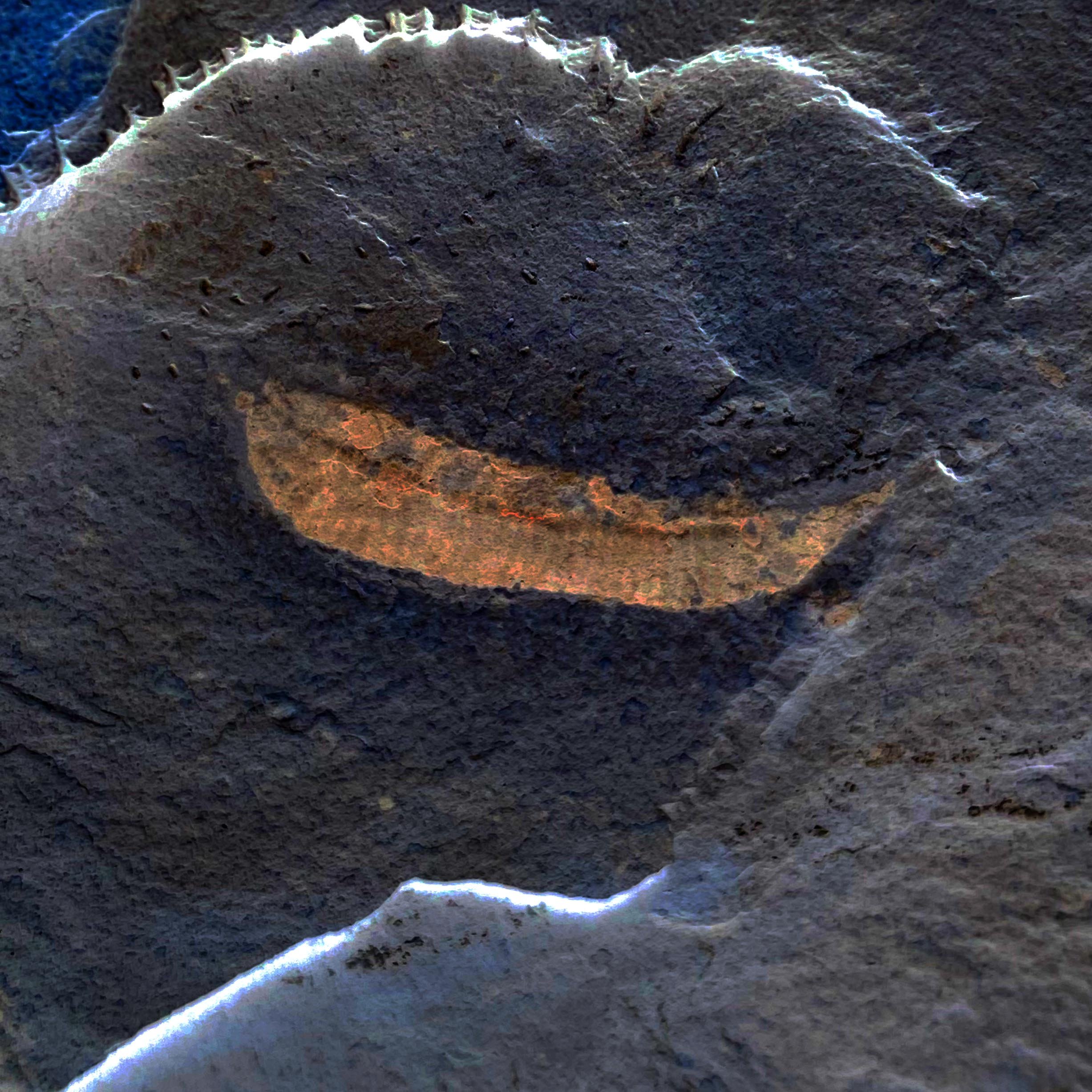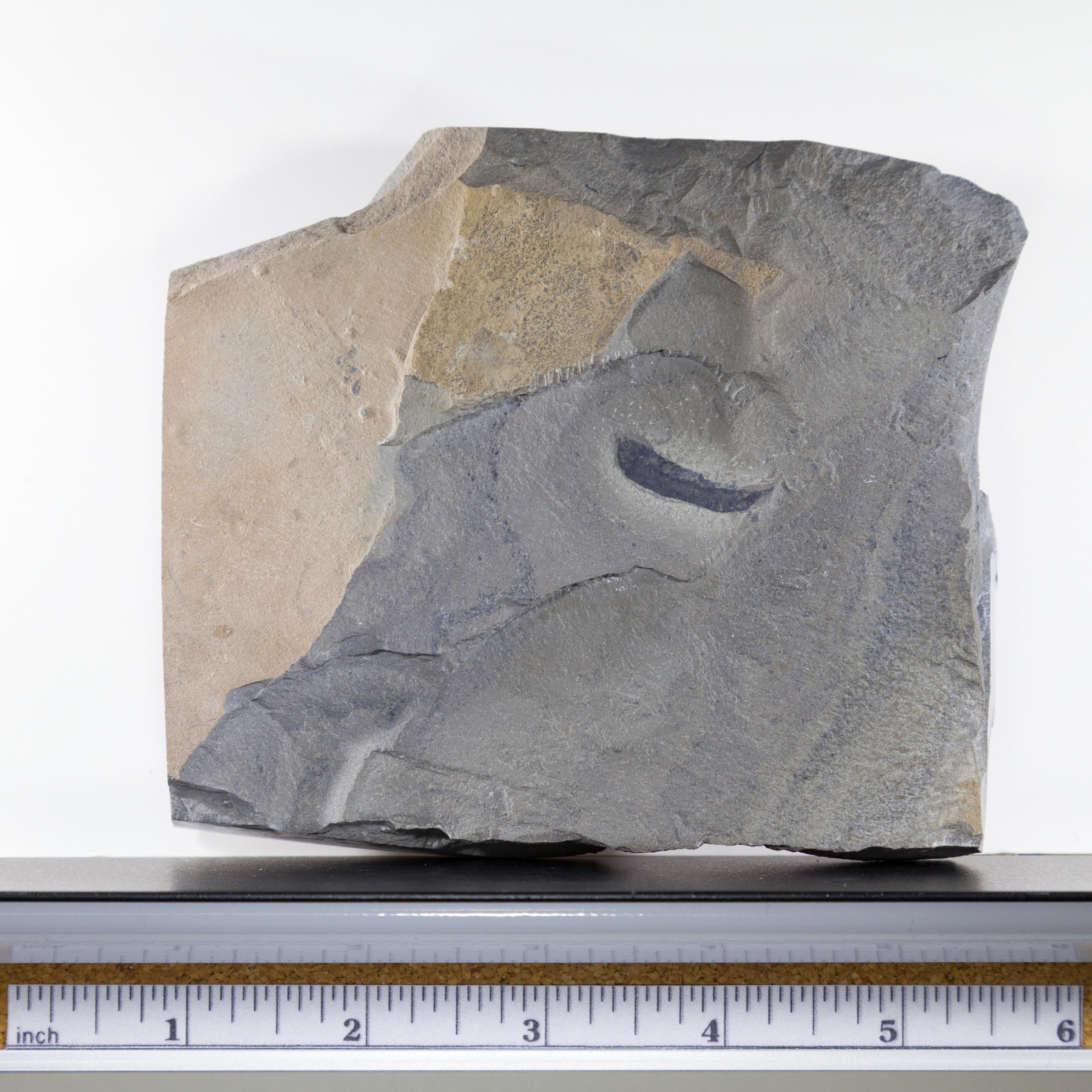Vetulicolia cuneata
Vendor: Fossil Soup
SKU Number: SQ0677151
Vetulicolia cuneata, from Chengjiang Biota. Early Cambrian, Maanshan village, Chengjiang County, Yunnan Province, China.
Vetulicola cuneata, meaning "wedge-shaped ancient dweller," is an extinct marine animal that lived during the Early Cambrian period and is primarily known from the Chengjiang biota of China.
Full dimensions are listed below.
Vendor: Fossil Soup
SKU Number: SQ0677151
Vetulicolia cuneata, from Chengjiang Biota. Early Cambrian, Maanshan village, Chengjiang County, Yunnan Province, China.
Vetulicola cuneata, meaning "wedge-shaped ancient dweller," is an extinct marine animal that lived during the Early Cambrian period and is primarily known from the Chengjiang biota of China.
Full dimensions are listed below.
Vendor: Fossil Soup
SKU Number: SQ0677151
Vetulicolia cuneata, from Chengjiang Biota. Early Cambrian, Maanshan village, Chengjiang County, Yunnan Province, China.
Vetulicola cuneata, meaning "wedge-shaped ancient dweller," is an extinct marine animal that lived during the Early Cambrian period and is primarily known from the Chengjiang biota of China.
Full dimensions are listed below.
Additional Information
Description:
Vetulicolia cuneata, meaning "wedge-shaped ancient dweller," is an extinct marine animal that lived during the Early Cambrian period and is primarily known from the Chengjiang biota of China. This enigmatic creature possessed a distinctive bipartite body plan, consisting of a larger, rectangular anterior section enclosed by a carapace-like structure formed of fused cuticular plates, and a slender, segmented posterior section that likely functioned as a tail for swimming. The anterior section featured a prominent V-shaped mouth at the front and five pairs of lateral openings interpreted as possible primitive gill slits, suggesting a filter-feeding or detritivorous lifestyle in the ancient oceans. Its unique morphology has made Vetulicola cuneata a key species in understanding the early evolution of deuterostomes, although its precise phylogenetic placement remains a subject of ongoing scientific debate.

